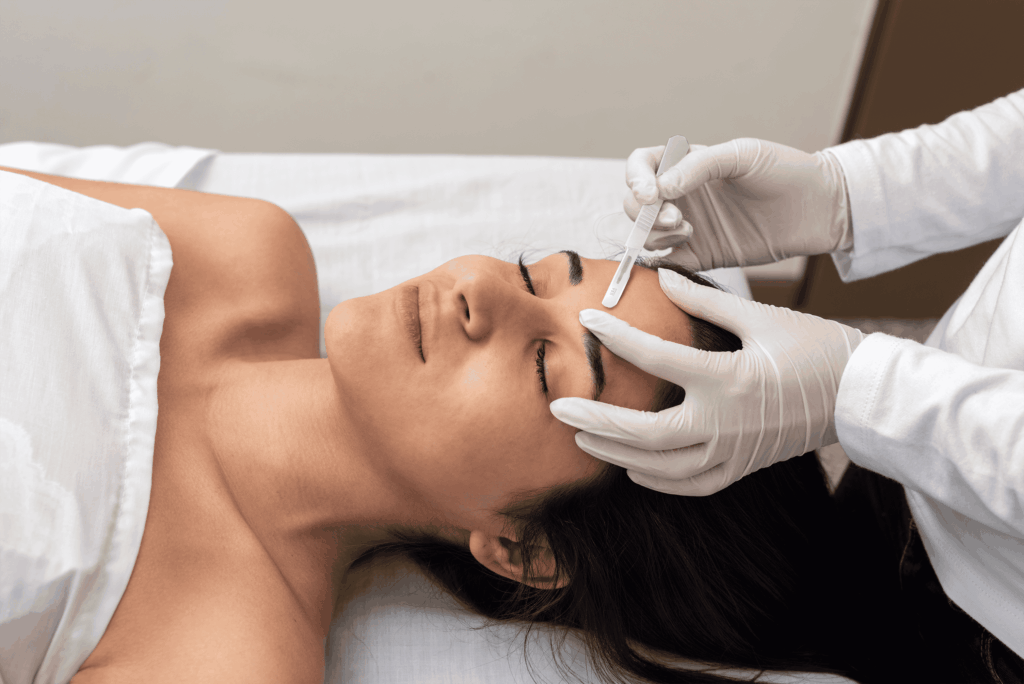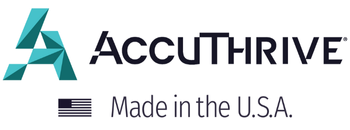
How a Crisis Redefined an Aesthetician’s Dermaplaning Technique
Sonia Altamura’s journey into aesthetics began in 2006, but it was a life-altering car accident in 2012 that reshaped her career— and revolutionized her dermaplaning technique. A seasoned aesthetician with experience in dermatology, medical spas and plastic surgery clinics, Altamura was no stranger to the industry. But when a catastrophic accident derailed her nursing aspirations, leaving her with severe nerve damage, partial paralysis and hyperacusis (a heightened sensitivity to sound) — she had to pivot. This led her to develop her best dermaplaning blade technique and redefine precision in skincare.
A Crisis Turned Opportunity
Stopped in rush-hour traffic on a highway onramp, Altamura was rear-ended at 65 mph, sustaining injuries that included thoracic outlet syndrome, torn rotator cuffs and a traumatic brain injury. During her grueling six-month rehabilitation, she struggled with chronic pain and limited mobility. When she returned to work, even basic tasks like lifting a microdermabrasion machine were impossible.
But adversity sparked innovation. Recalling her prior dermaplaning certification— a skill she once felt she’d never fully mastered— Altamura picked up a blade again. This time, her hypersensitive nerve endings and acute hearing (a side effect of her brain injury) allowed her to detect subtle vibrations and textures in the skin that most practitioners did not. And when she adjusted her dermaplaning technique based on that feedback, it transformed her practice.
“Because of my injuries, I developed almost a ‘spidey sense,” Altamura said. “I could feel vibrational feedback as I lifted epithelial cells— something I’d never noticed before,” she says. “If the angle was off or the skin was too dry, I sensed it instantly. My disabilities became my greatest tools.”
Altamura’s heightened senses allowed her to detect minute tonal shifts when a client’s skin was fully exfoliated.

Her Science of Precision
Altamura’s dermaplaning technique is built on three pillars:
- Dry Skin Only – Oil masks the skin’s true texture, she says. Dermaplaning dry allows practitioners to feel when exfoliation is complete through tactile feedback.
- The “Grid” Technique – By dividing the face into one-inch squares, she controls stroke volume per zone, preventing over-exfoliation.
- Ergonomic Mastery – Her injuries forced her to develop fluid, strain-free movements that now form the foundation of her training program.
Her innovative approach caught the attention of Circadia, a distributor of professional skincare products exclusively for licensed aestheticians, where she now serves as a partner and global educator, training estheticians worldwide.
Why the Right Blade Matters
Altamura exclusively uses the AccuThrive 10S blade, praising its MicroCoat® technology for maintaining sharpness throughout an entire treatment. Unlike other blades that require mid-procedure swaps, the 10S’s precision and rounded butter blade tip allow seamless gliding—even in delicate areas like the under-eyes.
“With a longer blade, you risk ‘arcing’—tilting the edge and cutting the client,” she says. “The AccuThrive 10S blade’s compact size keeps the blade flat against the skin, eliminating guesswork. It’s a smooth, effortless glide.”
Better Technique, Better Results—And a Stronger Bottom Line
Because her method avoids over-exfoliation, Altamura found she could easily incorporate additional treatments— like gel-based peels or enzymes— without irritating the skin or causing ‘windburn.’
“The AccuThrive 10S blade outperforms others on the market,” she says. “Its precision lets me enhance every treatment, improving client results and my bottom line. The slightly higher cost is negligible compared to the added services aestheticians can now offer— boosting revenue and expanding treatment possibilities.”
A Legacy of Empowerment
Today, Altamura’s ‘Disability to Ability’ philosophy resonates worldwide. Her protocols minimize practitioner strain while maximizing results, proving that even a crisis can lead to innovation—especially in mastering how to improve dermaplaning precision for clients.
Her partnership with Circadia has expanded her training to Germany, the UK and beyond.
“I tell my students: Don’t waste a crisis,” she says. “I didn’t set out to revolutionize dermaplaning—I just needed to adapt. But in doing so, I discovered a better way.”
Follow @TheSkinLady on Instagram for expert dermaplaning tips, client transformations and behind-the-scenes insights.
Let’s Connect
Join our mailing list to receive email updates on new product announcements, clinical articles and trade shows where you can test AccuThrive blades.
